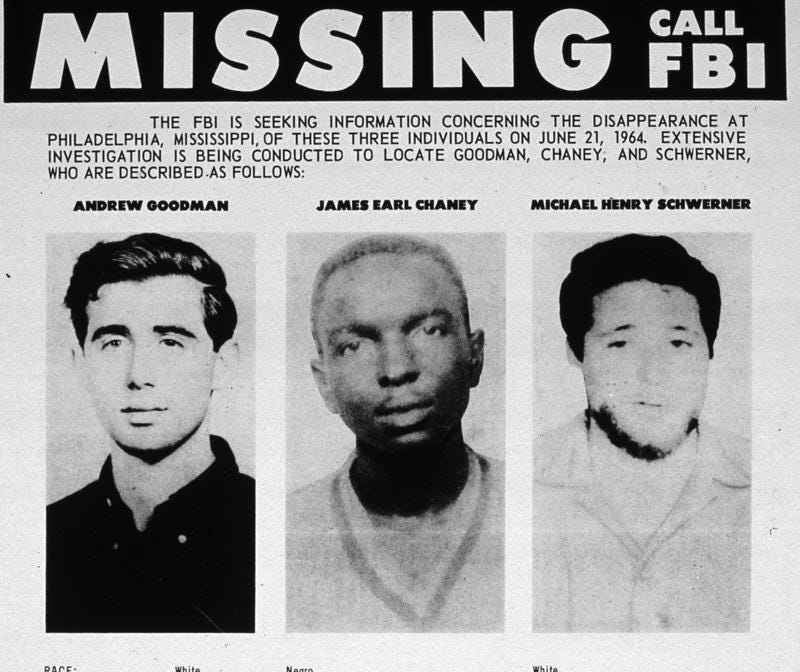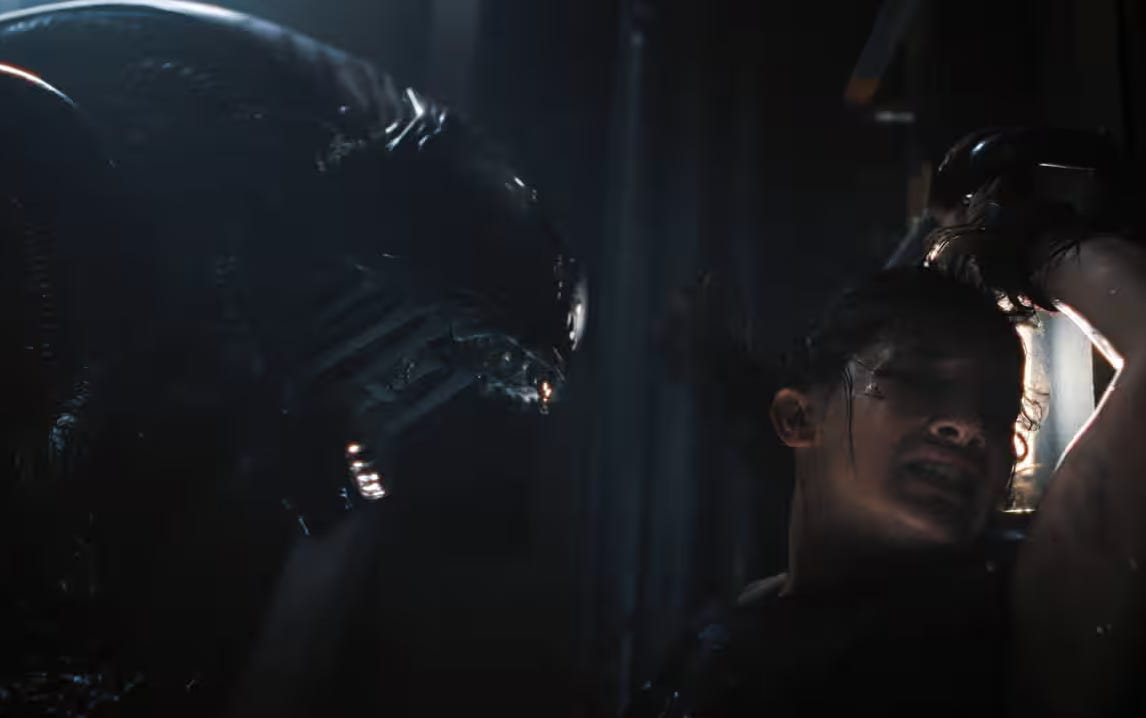60 years ago today, in the early warm, moist afternoon of Tunica, Mississippi, Nick Perls, Dick Waterman and Phil Spiro picked up a handset to an outside public payphone and dialed a Rochester, New York number. When the voice on the other end answered, they asked, “Are you the Eddie House who played the blues? Who knew Robert Johnson? Who recorded for Paramount Records?” “Yes,” he said, “yes it is.” After a long search, they had found one of the great lost bluesmen, Son House. The three were in Tunica under the suspicion that Son House was there, finding out from his daughter (who they had that day tracked down during their search) that House had relocated to the New York area, to Rochester (Rochester became the home of many bluesmen. Sadly the area that they lived was been bulldozed for malls long ago).
Ironically, at pretty much the exact same time, completely unbeknownst to the other three searchers, John Fahey, Bill Barth, and Henry Vestine were also in Tunica, not even a half mile away from that payphone, with a hot tip that another dropped-out bluesman was in a hospital there. It was true, and the three found Skip James.
As wonderfully documented in the film Two Trains Running (I cannot recommend the film more highly. It can be watched here), the voyage these men took down south was a dangerous one. As it was for John and Alan Lomax before them, white men attempting to find and work with black men was a very risky business, especially in Mississippi. And in the Civil Rights 60s, the vicious, absolute evil players were highly organized. On the same day as the bluesmen were found, 60 years ago today, 185 miles south east of Tunica, outside of Philadelphia, Mississippi, three civil rights workers, two white Jewish men and one black man, James Chaney, Andrew Goodman, Michael Schwerner, were abducted and killed by a racist mob that included a police officer Cecil Price, and several high ranking members of the klu klux klan (I refuse to capitalize the group’s name) including supreme wizard Samuel Holloway Bowers Jr. The bodies were buried in a dam on a farm owned by racist Olen L. Burrage. A bulldozer buried the victims and they were not found for 44 days (after a massive manhunt and only after an informer came forward).
Both Son House and Skip James had gone the way of many of the great pre-war recorded bluesmen, after the Great Depression had wiped out their means of work. They put their guitar under their bed and found other vocations. Son House became a railway worker and a chef, Skip James a choir director and (maybe) an ordained minister. Both were shocked that after over two decades, they were coming in contact with people who actually cared about their music, deeply. Soon after, in July of that same year, both artists were put back on stage at the Newport Folk Festival, their reemergence to the public eyes and ears, which was followed by more gigs, new recordings, even tours of Europe. For the rest of their lives, they were celebrated as the great artists they had always been, for creating music that had influenced generations of musicians and had been the backbone for so many genres. The great rediscovery of the blues was taking place, and they, along with Mississippi John Hurt and others, were ushered into a world of adoring crowds of new generations of enthusiasts.
As for the six voyagers, two were already on their way to becoming famous musicians in their own right: John Fahey, whose guitar playing defined the modern primitive movement, and Henry Vestine who slung an ax for Canned Heat. Bill Barth performed in Memphis’ Insect Trust and continued to look for blues musicians who had disappeared from the public eye. When Swedish musicologist Bengt Olsson went down south wanting to find a more obscure cohort, Barth went along as guide, sometimes playing with the folks they found. I own those recordings now, having bought them from Olsson before his death. When Barth plays, he does so beautifully, with great respect for the artist he was supporting (check out this track with Bill and Lum Guffin).
Nick Perls started Yazoo Records, bringing the great blues of the past to new audiences through his incredible compilations while Dick Waterman, who just recently passed away, ended up managing many of the pre-war bluesmen as they restarted their careers (as well as a young Bonnie Raitt) while also becoming known for his photography, much of it centered around, yes, these singers of the blues. Their efforts to track down these artists presented the world an opportunity to hear these great musicians….their music…once again. What an incredible gift.
I cannot help but wonder if it is possible for a whole group of artists to just leave the public eye and disappear in the modern, smaller world that we live in. Smaller because our smart phones continually link us closer together, provide the means to send information and photos and audio recordings as easy as it is to pour a glass of water. Bukka White played on Beale Street every day for years. Right on the sidewalk. There exists no pictures or recordings of him during that time. Would this be the case now? No way. At least one tourist or enthusiast would have filmed a part of his performance on her or his phone, and posted it on social media. Or maybe take a selfie with Bukka in the background. There is also the fact that there are more people who collect and preserve art and culture than in the past…value it more. With the internet, and NextDoor, and drones and bigger highways—is it possible to just completely disappear, intentionally or not?
~~~~
Today’s newsletter is dedicated to James Chaney, Andrew Goodman, Michael Schwerner. May their memories be our wind in fighting the racism and inequality all around us today.
This picture won a prize in an AI competition — but it's real
In a world of continuous confusion, unlike in January author Rie Kudan announced after winning the Akutagawa Prize that chatGPT wrote part of her book to showcase how AI can help artists, photographer Miles Astray entered a photo in an AI-generated photo contest and won a third place medal. The photo was a real photo, with Astray making a statement “to highlight the ethical issues of AI-generated images in contests.” What is real, what is unreal? Life…life is but a dream. For more reading, scholar and journalist John Warner has written much about the subject in his Biblioracle Recommends newsletter.
A long yet compelling deep dive into the complex friendship between two very different and very famous writers. Both seem like very difficult people…maybe that was the attraction: they played in the same playground in that way. It is also a story of tolerance and of respect…and yes, of disrespect and intolerance…and a deep deep love, of a kind. Very interesting read.
Oakland artist creates city's first Black Panther Party monument
“The monument, once complete, will be a curved piece of concrete, standing 8 feet tall and 13 to 16 feet in diameter. It will feature the faces of some of the most prominent members of the Black Panther Party, including Dr. Huey P. Newton, Emory Douglas, Bobby Seale and Tarika Lewis. It will also display the party's Ten-Point Program written by founders Newton and Seale in the 60s.”
“If It’s Not Grueling, It’s Not Worth It”: John Cale, in Conversation With Michael Sheen
You’re sitting in New York and you’re hanging out with Andy [Warhol] and the factory and all those other characters, all just amazingly brilliant in their own way and full of ideas and kind and gentle. It was a nonstop fountain of inspiration. What am I trying to say? It was an artistic revolution in New York. A lot of it probably came from the sexual revolution that was going on. There was so much of that going on. I was really interested in a very specific kind of music that happened to have been started in 1963 in Stockhausen. But all of a sudden, I was with LaMonte Young in California, where he was a jazz saxophone player. He was moving to New York and he was interested in totally different things about drones. He took that influence with him across the water. Then Viola Monte Young starts introducing droned violas to the Velvet Underground and we have modern music, essentially.
SFMOMA Acquires Yayoi Kusama ‘Infinity Mirror Room’ Featured at David Zwirner
This is great news for us Bay Area folk. For all the issues I have with San Francisco, the SFMOMA is constantly a bright light of culture. I am hopefully heading to the music exhibit, The Art of Noise, this weekend.
Alien: Romulus could be the back-to-basics Alien reboot we’ve all been waiting for
Trailer for the new Alien movie is out…and it looks incredible. August 16th release date.
A Crosstown Breeze
By: Henry Taylor
A drift of wind
when August wheeled
brought back to mind
an alfalfa field
where green windrows
bleached down to hay
while storm clouds rose
and rolled our way.
With lighthearted strain
in our pastoral agon
we raced the rain
with baler and wagon,
driving each other
to hold the turn
out of the weather
and into the barn.
A nostalgic pause
claims we saved it all,
but I’ve known the loss
of the lifelong haul;
now gray concrete
and electric light
wear on my feet
and dull my sight.
So I keep asking,
as I stand here,
my cheek still basking
in that trick of air,
would I live that life
if I had the chance,
or is it enough
to have been there once?
“a treatise on the messiness of forgiveness…our tears fall as an answer to the ever-evolving question: Can we forgive ourselves, each other, and the artists who still have something to say, no matter how imperfect we all might be?”—Laurie Winer, Oscar Hammerstein II and the Invention of the musical














https://www.reverbnation.com/fergusonandwithlove/song/29980825-bury-ghost-tonight-ft-ami-kim
A song of the struggle to forgive or forget. Thank you for sharing your writing, David.